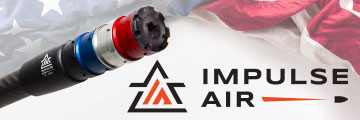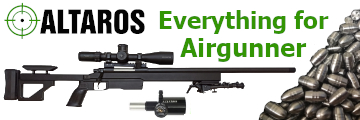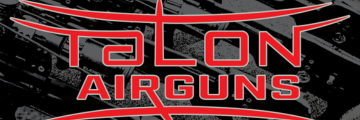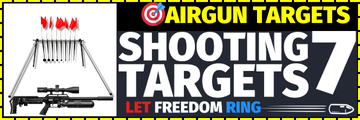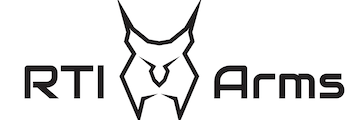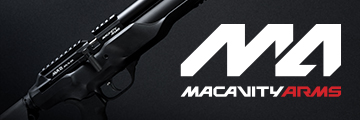OK - I can see how there could be value there if going just for higher power out of whatever you have on hand . . . but it is not "universal" in that it does not apply as well to intentional lower power tunes and shooting. I think there (like 500+mm barrelled .22 calibers shooting under 20 FPE as an example) Scott's rule is likely better - at least more usable and applicable. Again, there may be a way to combine them into something even more usable for a "universal" decision guide.
For lower power shooters, I think your observation could be misleading. For example, with your rule, for a given caliber a short barrel needs less plenum than a long barrel, even if the owner wants the short barrel to shoot at higher power and the long barrel at lower power. That's what happens when one ignores actual air usage - that's where I think Scott's guidance is more likely to result in a better tune (at least in terms of air efficiency and likely shot cycle).
Since I'm not one to go where you are testing I'll leave it alone and for you to figure out (I set one of my .25 cals up for over 90 FPE once, but found no good use for it so brought it back down into the 40s). As for the too much plenum observation, I found that on that very gun when I tuned it back down - the ES dropped a good bit when I dropped the plenum volume back into the range of Scott's guidance and retuned the gun for that level.
Peace out . . . moving on . . . happy testing and shooting!
Again, not what I was doing. Whether or not this applies to low or high power was not a criteria. It was, as I have stated, optimizing the volume of a plenum to the volume of a barrel. My objective was, within my small sample, to determine at what point increasing the size of the Plenum provided diminishing returns in energy.
I had ignored plenums for years. When I started playing with AirForce rifles and a Huben MAX-ATH regulator and its 50CC plenum I discovered why they are important.
So I decided to find out just how far you could go with a plenum. Where in fact was the optimal size for a specific caliber and length of barrel.
Whether anyone uses what I've found is up to them. I use the data to set the size of plenum and then use the regulator to set the energy level.
Properly optimized plenum allows for a lot more shots with a given bottle size. Because it allows you to set your regulator pressure to the absolute minimum for whatever power you are looking for.
The example I shared earlier. .25, 25.4gr pellet with consistent 927fps and a regulator at ~1750psi. I put non Huben adjustable regulator on that gun and had to set the reg to, I think, 2400psi to get similar results.
As for low power, no reason an optimized plenum could not be used. Depends on lower bounds of the regulator and the various control mechanism in the gun. I can see where regulated pressure could get too low for the gun to operate. Pretty sure the lower bounds on the Airforce style hammer and tophat guns is below the general poppet style.
But I've never gone the low power route. As I noted the Condor has high flow valve, heavy spring, and heavy hammer. I have 2 setups, the 927fps and ~1100fps. 50cc plenum and 125cc plenum with different reg settings.























